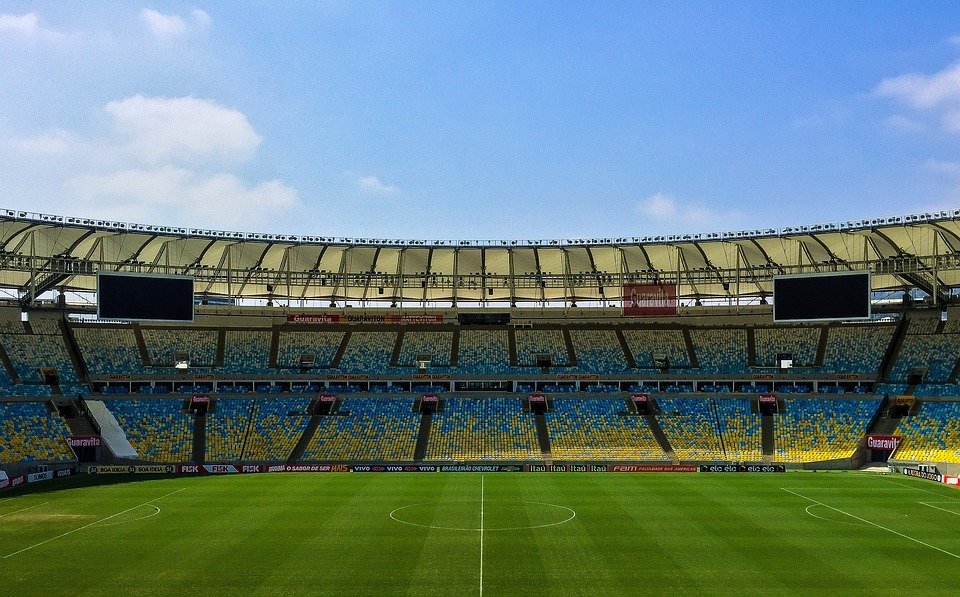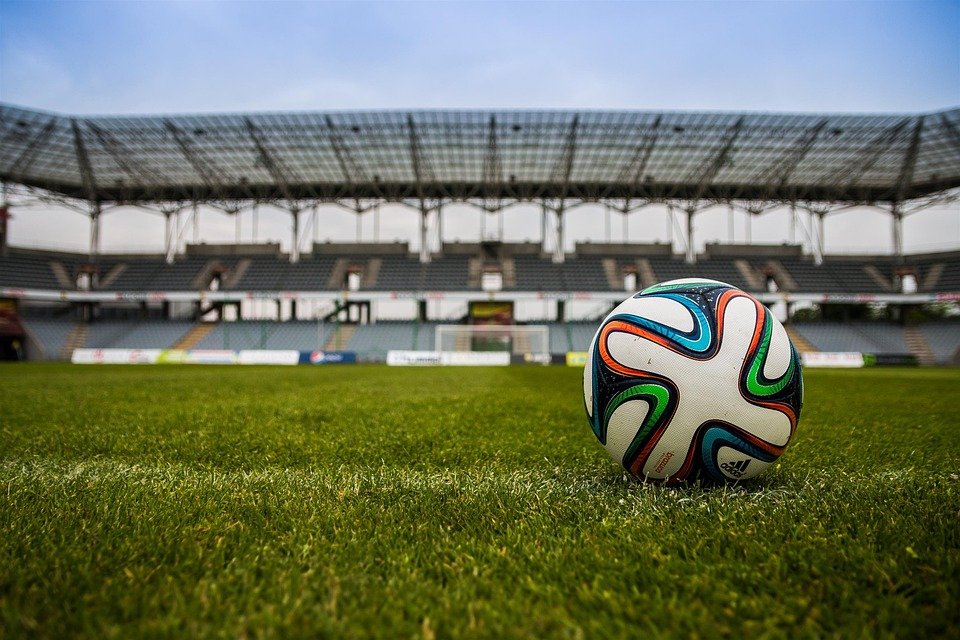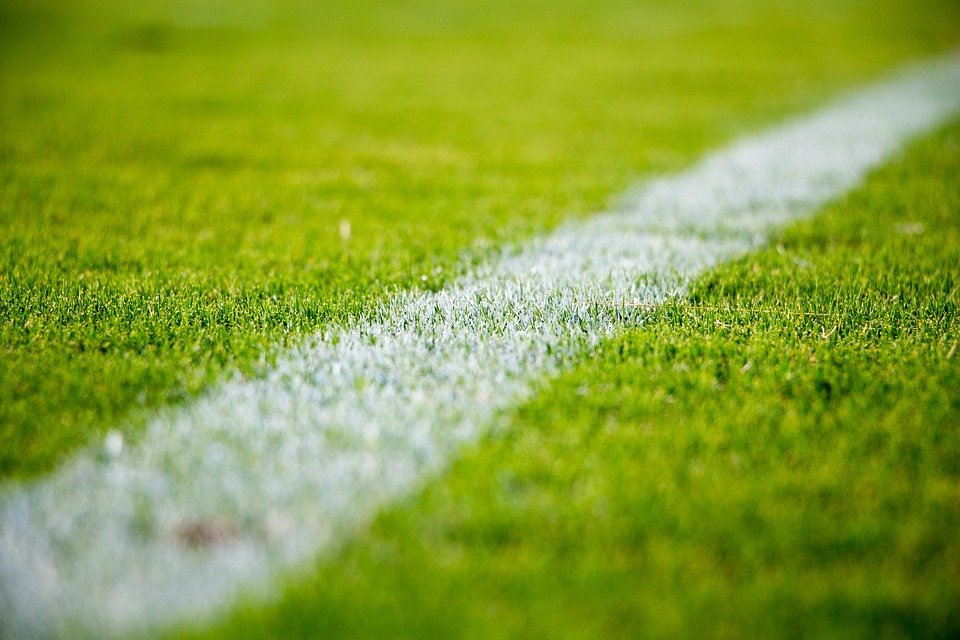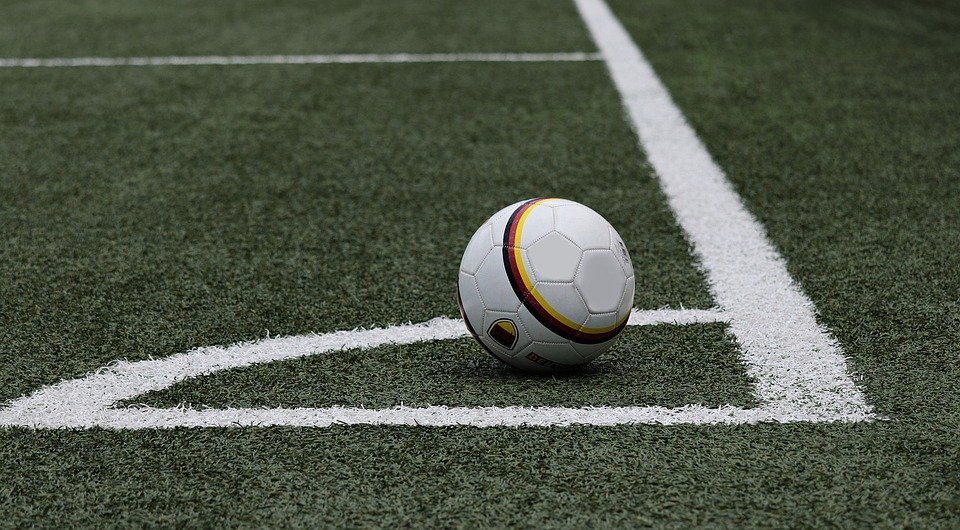Nitty Gritty for football safety
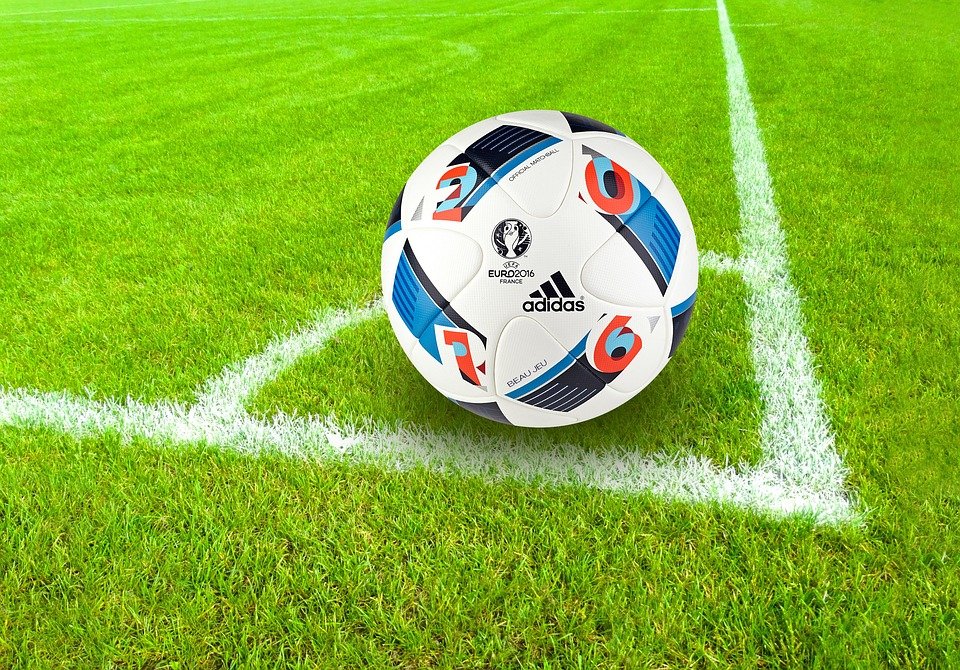
With soccer being one of the most beloved sports on earth, many children and adults are enticed to get involved in playing it on a daily basis. Because of this widespread popularity, soccer injuries are very common.
With more than 80,000 adults and children going to emergency rooms each year as a result of football, knowing the safety rules is vital. When playing and watching, there are certain things you should always be aware of so that you and your teammates or family members are not among those affected by playing or watching. There are several categories of safety rules that you should be aware of. These consist of the following:
- in field safety
- Safety goal
- Stadium safety
- equipment
- Weather safety
- Miscellaneous accessories
in field safety
Of all the categories, it’s the field safety that players are constantly aware of. This is where most children and adults get infected. Whether it’s due to a sprained ankle due to ball tripping, collisions, or other accidents, there are many things you can do to prevent injury. Ankle sprain is one of the most common soccer injuries, as there is a great deal of work on the feet.
These injuries can be avoided by using a little caution when passing or receiving the ball, as well as taking care when running down the field. Correct positioning of the feet when touching the ball is one of the most effective ways to prevent this type of injury. Unfortunately, accidents will happen, no matter how careful you are. By being diligent, you can ensure that the injuries you sustain are minor and should not interfere with future play. The main rule of preventing injuries on the field is to always be alert. Know where the ball is and know those around you.
Safety goal
Whether you’re the goalkeeper or a player on defense, a goal can sometimes become a safety hazard. In most cases, collisions with the goalie or goalkeeper are caused by a lack of observation. Whether you trip and fall into the goal posts, or bump into the goalkeeper by accident, you need to make sure you always keep an eye on where you are going when moving to score. Not only can this action cause injury, but it can also result in you getting a card which can lead to your removal from the game.
Another point to consider when shopping for 8 x 24 soccer goals is to consider goals with round posts rather than square points. When hitting a pole, you are more likely to slip past the round post and avoid serious injury.
Stadium safety
For parents, guardians, and friends, there are some pitch safety tips that tend to be overlooked when talking about soccer safety. Sometimes a player may lose control of the soccer ball, and enter the stands where you are watching the game. Injuries from hitting a ball or other equipment flying your way can easily be prevented by making sure you pay attention at all times.
Running across the stands or the player’s area can be dangerous to you and others. As a general rule, common sense is your best safety precaution. If it involves doing something that could hurt yourself or others, such as walking on the backs of bleachers, climbing on people and benches, then it should be avoided for your own sake and that of others.
equipment
Without football safety equipment, all the rules of the game will be ineffective. Shin guards, cleats, jerseys, shorts and matching socks all work together to ensure that every player can enjoy the game without the risk of injury. Shin guards are used to prevent bruising or breaking the lower leg, where cleats and soccer balls are most likely to hit you. Without these, such as lotto shin guards, you are putting yourself at great risk.
Wearing a well-fitting pair of cleats, such as those designed by Nike, will give you more grip on the turf. This grip helps prevent sprains and fractures in the ankles. These shoes also provide enough protection for your feet from other pairs of cleats and impact with soccer balls.
Appropriate clothing, starting with the jersey, shorts and socks, contributes to the player’s comfort. This is important, because deviations from the game can lead to injuries to yourself and others. It is advised to always wear the appropriate jersey for practice or matches. Our custom designed jerseys and shorts are designed to handle the rigors of football. The fabric is specifically designed to stand up against grass stains as well as to be comfortable.
weather
One aspect of soccer safety that many players and parents overlook is the weather. Playing in the rain can be a fun and lively experience that players will cherish for years to come. Despite this, playing in muddy conditions is dangerous. The slipping and sliding that creates a great deal of the pleasure derived from playing soccer in the rain leaves room for a variety of different injuries. If you choose to play soccer in the rain, make sure you take every possible precaution, from wearing your cleats, bouncers and protective equipment.
When a perfect storm comes, complete with thunder and lightning, play must be terminated immediately. The football field is the worst place to be in a thunderstorm, and parents and players have been killed or maimed by lightning. If lightning is detected and your referee does not end the match, you must still leave the field as soon as possible.
Miscellaneous accessories
Before you play football, you need to make sure that you are not wearing various accessories such as earrings, anklets and other pieces of jewelry that could break or cause damage. Earrings in particular are prone to tearing from the earlobes on contact with the football. By removing these pieces of jewelry and other items of this nature, you can help prevent potentially disfiguring injuries. If you are thinking of getting holes punched and playing soccer, you might want to consider planning to get your holes done when football season is over.
If you keep all of these things in mind while playing or watching soccer matches, you should be able to enjoy the sport while at risk of injury.

